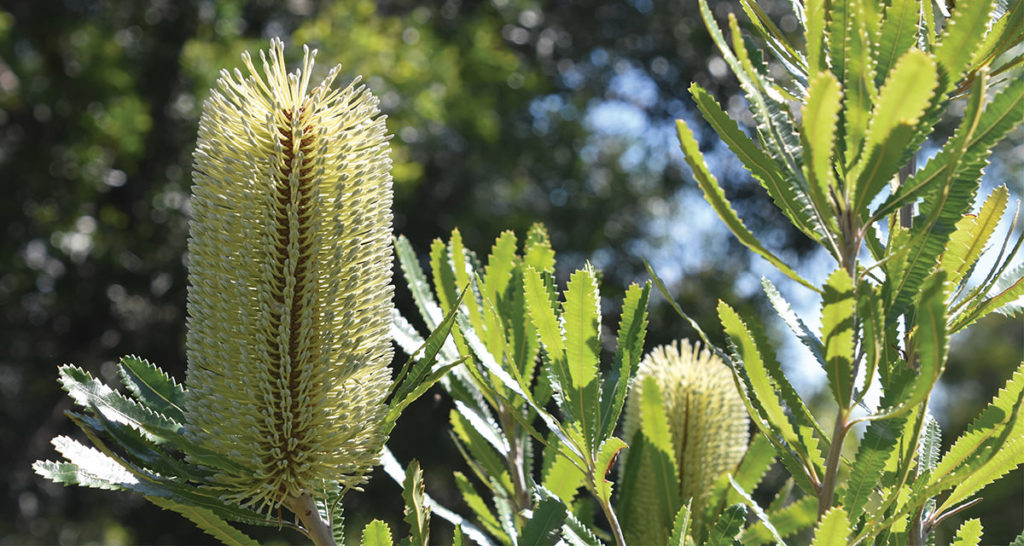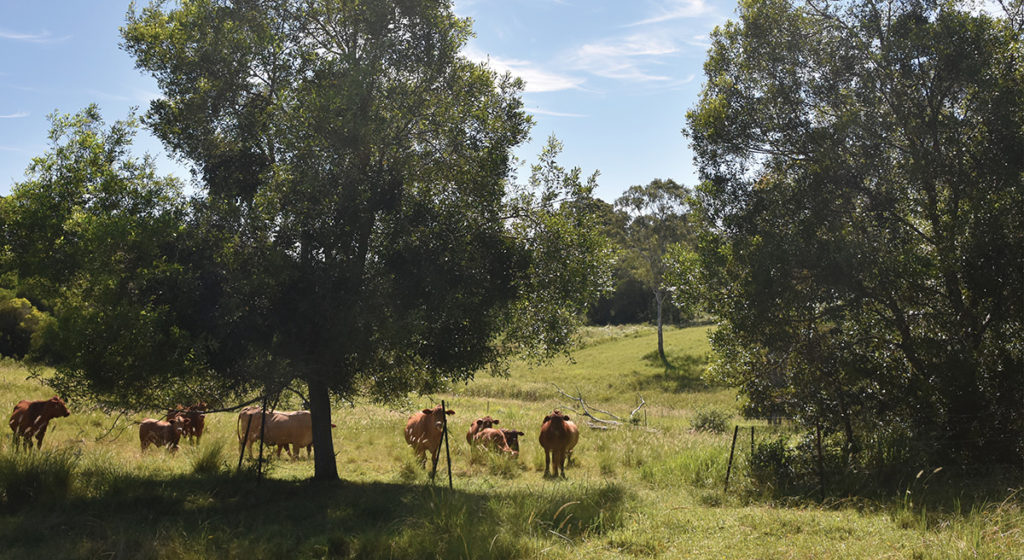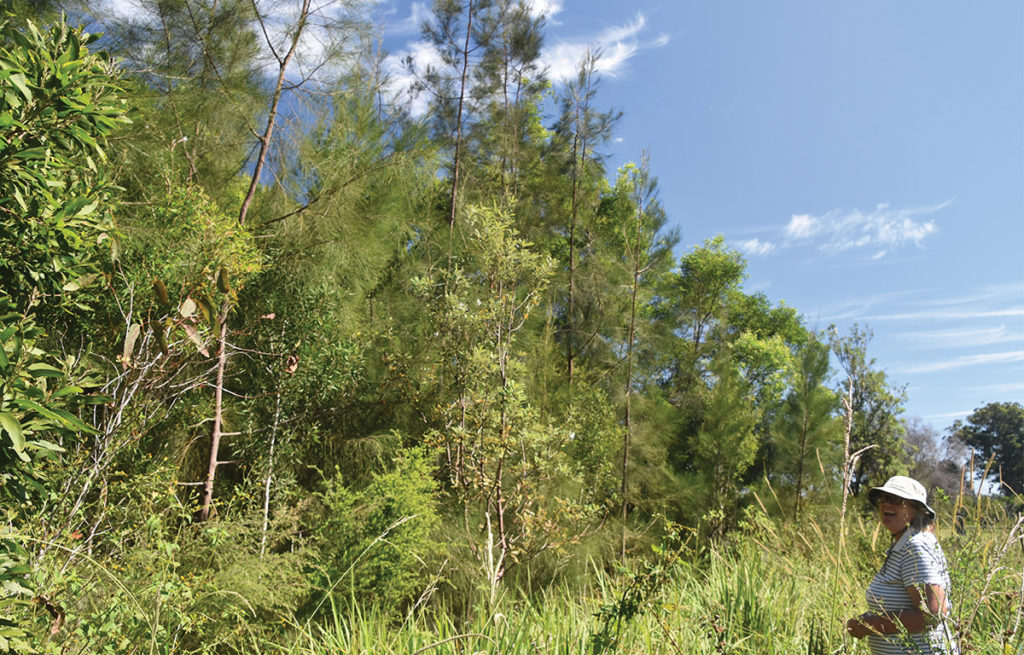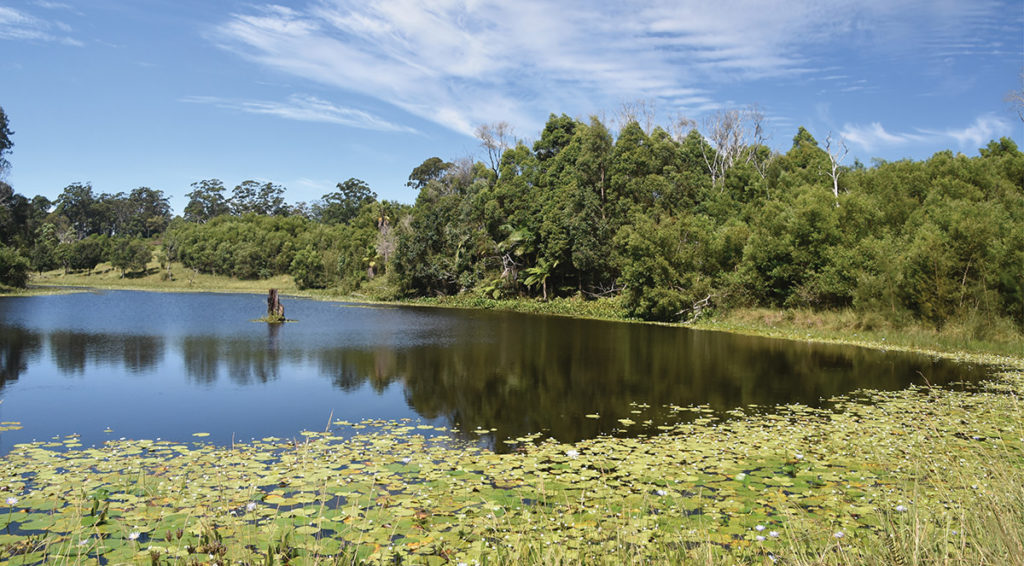Farm restoration Case Study
For the past 15 years, Jenny and Simon Hill have been managing their property for both conservation and grazing livestock. Jenny has completed a variety of revegetation projects on the property including:
- Revegetating areas near existing remnant vegetation surrounding the farm dam to improve water quality and to enhance and extend existing islands of vegetation for wildlife.
- Micro-plantings and stepping stone plantings for wildlife in paddocks and open spaces previously used to graze livestock.
- Undertaking significant and ongoing weed management works to reduce weeds in the understory of existing native revegetation and promote natural regeneration.
Since planting the areas surrounding the dam and throughout the property, Jenny has noticed a variety of bird species moving into previously unused areas of the property. She has noticed an increased number of parrots, honeyeaters, mistletoebirds and doves.
During my recent visit to the property I spotted a variety of waterbirds including Australasian Swamphen, Pacific Black Ducks and Australian Wood Ducks. I also heard a bronzewing calling from the dense Acacia regrowth in areas that have been fenced from livestock and Rainbow Bee-eaters flying overhead as we admired the numerous Banksias in full bloom.


Whilst walking through the property with Jenny, she explained a recent technique she employs to improve pastures and promote stepping stones for native birds to move through her paddocks. Jenny has fenced off multiple large and emerging wattles in the paddock that provide shade for cattle as well as promote healthy grass growth underneath. In addition, the wattles provide perching and foraging habitat for a variety of avian species as they move through the property. It is these thoughtful management techniques that the Hills employ to promote natural, assisted regeneration and restore habitat for wildlife throughout their property.

The photos show a variety of planting techniques, the success that the Hills have been enjoyed in the past 10 years, and the benefits of restoring farm woodlands for wildlife. They also show the balance between managing the land to promote habitat for native wildlife while managing grazing paddocks for livestock.

For more information about how you can restore your farmlands or pasture to woodlands for wildlife (including case studies) have a look at Restoring Farm Woodlands for Wildlife.
Article and photographs by De-Anne Attard
Conservation Partnerships Officer Moreton Bay Regional Council
